Earn thousands of dollars each year by selling Carbon Credits
Get started for free with our introduction:
What are Carbon Credits?
Carbon credits, also known as carbon offsets, are a reduction or removal of emissions of carbon dioxide or other greenhouse gases made in order to compensate for emissions made elsewhere. These credits can be sold to a company that wishes to offset their CO2 emissions.
Receive carbon credits by completing our online course!
What Farmers are Earning with Carbon Credits
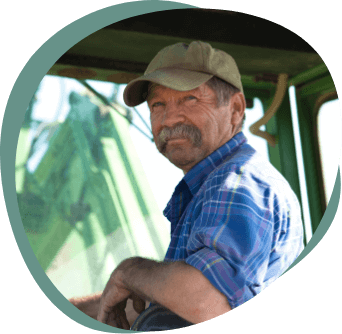

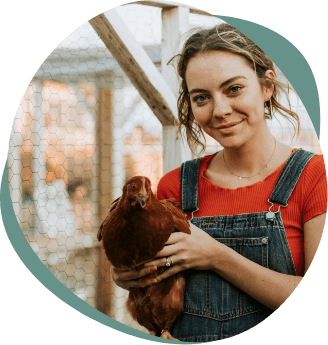

$4,864 per year in profit from Carbon Credits
423 acres of
farmland
Okeene, OK
- Crops: Wheat
- Methods: No-Till; Cover Crop

Mark Nault
It just seemed like it was a good marriage between what I was looking to achieve and the carbon program and what it could produce for me.
$4,800 per year in profit from Carbon Credits
4000 acres of
farmland
Brookston, IN
- Crops: Popcorn, Soy Beans
- Methods: No-Till; Cover Crop
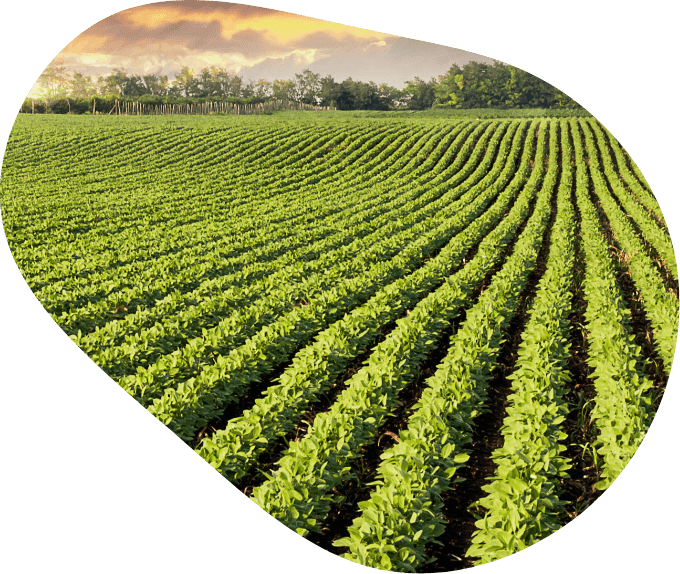
Chris Lehe
The benefits that can be gained from no till and cover crops… that’s an incentive to me to expand these practices.
$85.66 per acre from Carbon Credits
1000 acres of
farmland
Newton, IA
- Crops: Soy Beans, Alfalfa
- Methods: Cover Crop
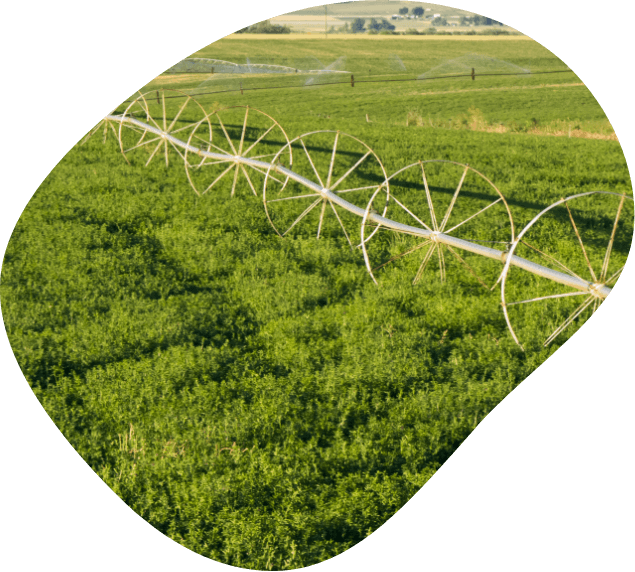
Kyle Schnell
The average farmer is making $10-$20 an acre… I’m around $300 profit per acre.
Cathbad's 3 easy steps to selling Carbon Credits
Begin today for as little as $99*
3 payments of $99 OR 1 payment of $267Complete 4 easy modules
Contains all you need to know to get started.
Start earning Carbon Credits
You may even be using practices that qualify already!
How much could you earn by selling Carbon Credits?
Your land may be worth more than you think.
What you will learn from Cathbad Trading
Our course content and instruction has been designed specifically for farmers, created by industry leaders in education, environmental science and regulations.
How to develop your own carbon offset projects
Reforestation or grassland restoration, and selling the resulting carbon credits to buyers seeking to offset their own emissions.
Participation in carbon credit programs
Provide financial incentives for farmers to reduce their carbon footprint and generate verified carbon credits that can be sold to buyers.
How to make money from carbon offset projects
Connect with companies that seek to offset their own carbon emissions by investing in carbon reduction projects on farms, such as planting trees or improving soil health.
Conservation agriculture practices
Reduced tillage, cover cropping, and nutrient management, which sequester carbon in soil and reduce emissions from agricultural activities.
What you will learn from Cathbad Trading
Our course content and instruction has been designed specifically for farmers, created by industry leaders in education, environmental science and regulations.
How to develop your own carbon offset projects
Reforestation or grassland restoration, and selling the resulting carbon credits to buyers seeking to offset their own emissions.
How to make money from carbon offset projects
Connect with companies that seek to offset their own carbon emissions by investing in carbon reduction projects on farms, such as planting trees or improving soil health.
Participation in carbon credit programs
Provide financial incentives for farmers to reduce their carbon footprint and generate verified carbon credits that can be sold to buyers.
Conservation agriculture practices
Reduced tillage, cover cropping, and nutrient management, which sequester carbon in soil and reduce emissions from agricultural activities.
Cathbad Trading Learn and Earn Course
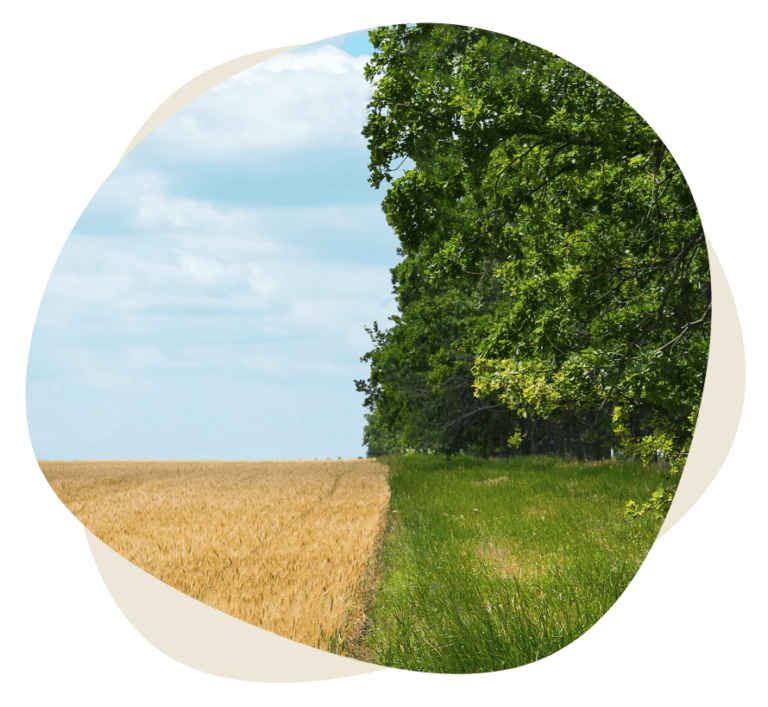
Cathbad Trading Learn and Earn Course
What's Included
- Real world practices that are eligible for carbon credits
- Materials for all levels of expertise
- 4 modules that can be completed in 1-2 hours each
- Access to actionable tools you can start using immediately
- Earn a Cathbad Trading certificate and Carbon Credits upon completion
Choose from two easy payment options
PLUS receive carbon credits upon completion of the course.
Each carbon credit is equal to 1 ton of carbon offset.
Trusted by


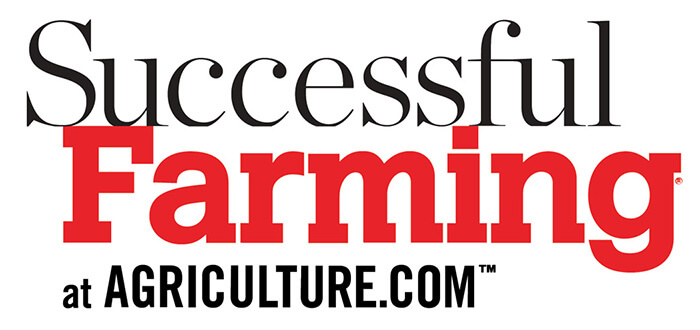

Carbon Credits in the News
“Farmers make their living selling crops for cash, but some are starting to generate additional income from the carbon credit markets.”
“Global cropland has the potential to sequester as much as 570 million metric tons of carbon per year. New projects that pay farmers to adopt climate-friendly practices could help.”
“Measuring and marketing systems are in place to meet a growing demand for grassland carbon credits.”

